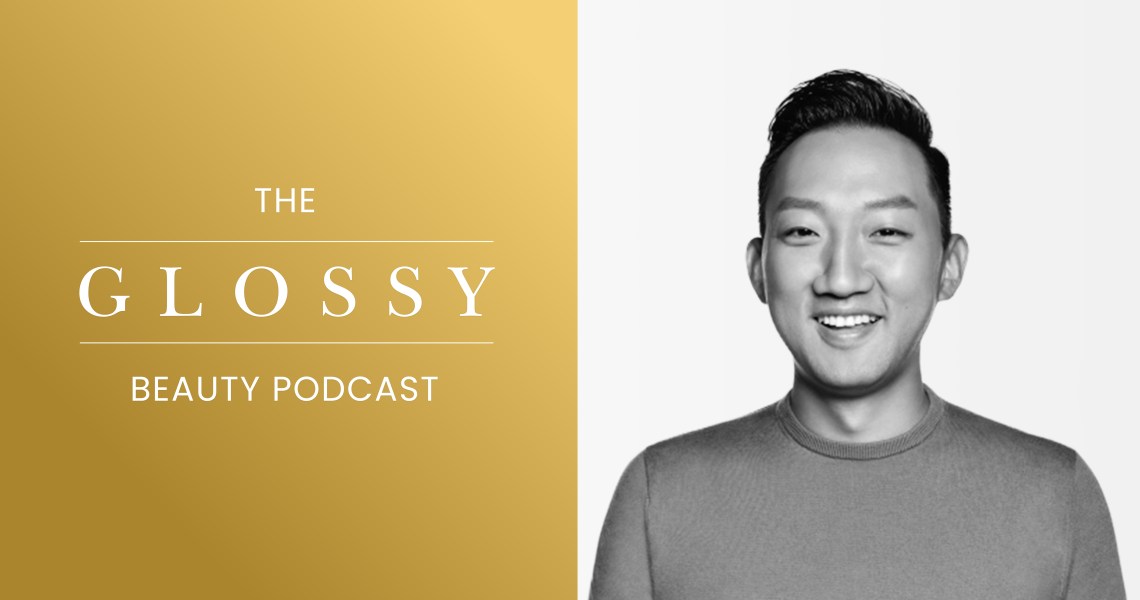Subscribe: iTunes | Stitcher | Google Play | Spotify
When Dino Ha first founded Memebox seven years ago, he wanted to find a way to bring K-beauty to new audiences, especially in the United States.
But as time went on and his company grew, he realized that there was a disconnect between the brand’s product offering and the consumers it was trying to reach.
“We started by distributing third-party brands and products, and that’s what we consider chapter one of K-beauty,” said Ha. “We were giving people access to K-beauty, but at the same time, we learned over the years that because these products were not designed for people in America, they needed to be customized or localized. We saw the DNA of K-beauty as a great opportunity, but we realized we needed to redo the packaging, provide a translation and make sure that [the products] resonated with the people here. With all that, we tested the idea of creating our own product, and now we have a couple of brands under our management.”
On this week’s episode of The Glossy Beauty Podcast, Memebox founder and CEO Dino Ha sits down with Priya Rao to discuss why he is not afraid to evolve his business model, how he is tapping into pop culture to push discovery and why he decided to launch the first K-beauty line of color cosmetics. Edited highlights below.
American vs. Korean consumers of K-beauty
“Fundamentally, there isn’t a big difference. At the end of the day, what matters is that you have a great product and provide people with a good experience. But the education level on skin care and color products is very different, and there are differences in preference for texture and scent that are driven by culture. So even though the DNA of building a great product stays the same, you have to understand who you’re serving and make sure you put the product where they’re comfortable [shopping].”
Ad position: web_incontent_pos1
Bringing color to K-beauty
“We sat down with Sephora to figure out, ‘OK, where does K-beauty have to play, and how can we bring the [category’s] skin-care technology to color?’ That was part of it. We also wanted to make sure that this great technology was available at a great price. But the experience and education had to be there, so Sephora was a great partner. We developed 47 SKUs within a five-month period, and now that line is doing very well. This is usually the process we go through, while focusing on how we can design something that people are going to want today or in the future.”
Using pop culture to sell products
“We started to look at the data of what our customers like to do and what they’re into these days, and K-pop seemed to be one of them. K-pop has had humongous growth in the past few years, and it’s also an area that we’re very comfortable with. So we invited these K-pop stars to the U.S., had them walk around San Francisco, and let them go to a Sephora and really experience the difference in the culture, as well as what our Kaja brand can do in the market. We also thought about how the future consumers of Kaja are going to be very different: They’re not going to have the intention to buy a product, but they’re going to listen to music and get interested in these artists, and they will look into the lifestyle of these artists and see that they’re using Kaja. The discovery process is changing, so we want to make sure that Kaja not only stands for color makeup at Sephora but also for something else like K-pop or music. We want you to discover the song and then discover the products later on.”


